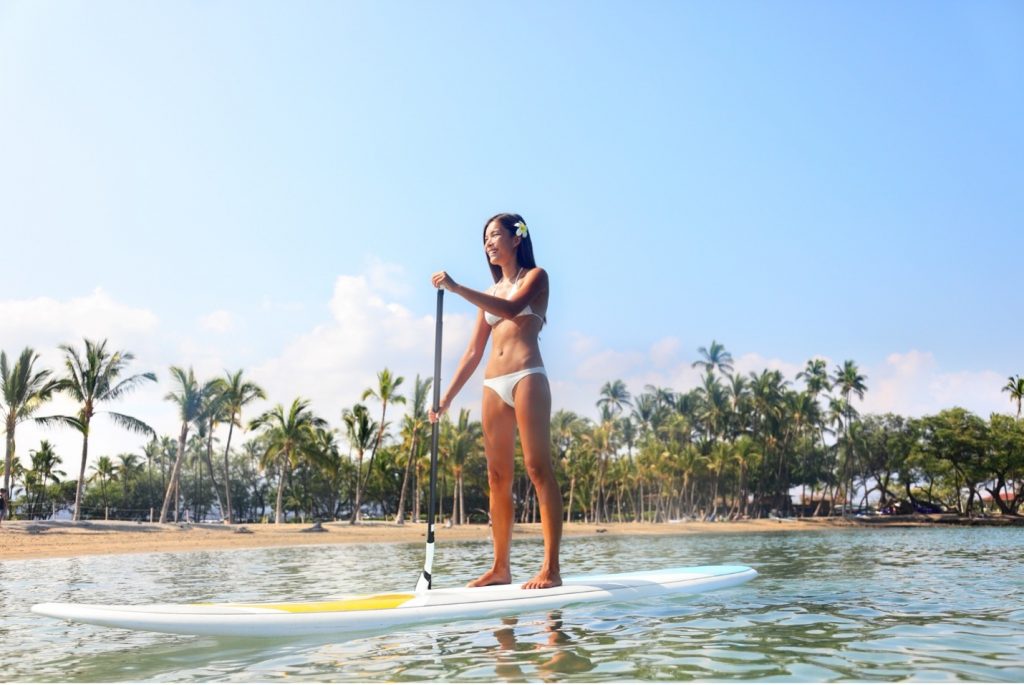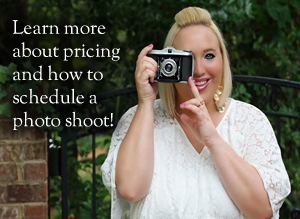Stand-up paddle boarding is becoming very popular with a lot of people nowadays. It is even a fast-growing sport that enthusiasts and experts train for around the world and with excellent reason. The activity will not only be a good exercise for you, but you will find it to be invigorating, fun, and nature-friendly.
While you may be faced with a lot of options in the market today, choosing your very first paddleboard does not need to be complicated or challenging. You can learn the craft while you’re still renting and decide that you may be ready to practice with the races with your very own stand-up paddleboard or SUP.
The SUP that you should select should be affordable, should match your lifestyle, and how you are planning to use it in the future. A more thorough review of solid paddleboards compared to other types will give you an idea about their sizes, purpose, and other features that will suit you. If you are not a hundred percent sure about which ones are best for your goals, then here are some tips for you:
1. Knowing The Different Types Available
It is essential to find a paddleboard that will enable you to do multiple activities. There is one in the market that you can use recreationally, go surfing, racing, and touring. These are the crossovers for those who know the basics and want to get more value from their money.
The all-around solid SUPs are usually the best choices for beginner paddlers and first-timers who are testing the waters. All-around varieties allow many to work in various conditions, including choppy waters or calm ones. They are the most common shape, and many of them are family-friendly.
Aside from the all-around, there are also surfing SUPs that are for advanced or intermediate paddlers. They are more suited for those who are looking for more adventurous experiences. When the water is less stable, it’s easier to fall off, as they have features that are highly shreddable and maneuverable. Many are often extensive and oversized that come with a bigger paddle. You can read more about stand-up paddle boarding in this link here.
The touring SUPs are the best choices for those serious about getting high-intensity workouts and are interested in joining races. They are designed for lakes, bays, and open oceans to cover long distances while in flat water. They have a maximum glide and efficiency compared to the first two. For beginners, they are often considered stable and wide enough in the seas.
Another selection that one may consider out there are racing or high-performance SUPs. They are for open ocean competitions, downwinders, and flat-water races. They have extra widths and lengths that have long glide efficiencies and fast sprint speeds. Most beginners may find them challenging to handle, but they are perfect for recreational and elite users.
Fishing SUPs are made for people who want to do something recreational, but do not necessarily need a kayak or boat. Most of the stand-up paddleboards for fishing contain the highest volume so that you can stay dry and high while you are out in the lakes. Just make sure to give enough room for gear, and the length is ample enough for more extended expeditions. Some features that may be included are the dual bungee systems, so you will make sure you are ready to cast.
Other less common choices are the yoga SUPs. They are designed and constructed with stability in mind. They are specially made for calm waters with expansive decks for fitness-related exercises. For people who want to do meditation and yoga in the open sea, these are the best for their lifestyles.
2. Determine The Size You Need
Factors like sizes are based on your paddle boarding experience and weight. You might think of this as similar to a volume. The thicker, wider, and longer SUP you choose the more weight capacity it will handle. The more volume your board has, it will be more stable while in the water.
Most beginners may usually want a board with more volume because of the stability and thickness that it may offer. This way, they can improve their strength, balance, and skill with decreased chances of downsizing.
The SUP hull types are part of the size that’s designed for the performance of your board. The two most common out there are the following:
Planing Hulls – A planing hull is described as the bottom of the SUP that tapers off slightly on the edges. These are the best for surfing and causal padding, because they are stable and more maneuverable. Get more info about planing hulls in this link: https://www.sciencedirect.com/topics/engineering/planing-hull.
Displacement Hulls – The displacement hulls have a sharp and pointed nose that will displace the water from either side. This is best for paddlers who want to cover a very far distance from the open sea. The sharper noses will allow for slicing through the water and ensure a smoother ride. This is for touring boards that will enable everyone on board to travel farther with ease.
3. Differences Of Epoxy And Inflatable SUPs
When you’ve figured out the size and types of SUPs that are best for you, another factor that you should decide on is whether you get an epoxy or an inflatable stand-up paddleboard. These two have various distinctions, and everything may depend on your transportation options and overall budget.
The usage of inflatable boards is best for first-timers because they work well in all conditions. If you are planning to travel with the inflatables, you will realize that they are easier to assemble, and you can go everywhere you want with them.
The epoxy surpasses the performance of the inflatables, and they are ideal for the more serious paddlers. They increase speed, maneuverability, and glide. They are durable because they are made up of epoxy resin, and they are rigid. The core is made up of EPS foam, and it can withstand any adventure you are willing to take.
For transportation, the inflatable is more effortless compared to the harder boards. You can inflate them with electric or hand pumps whenever you are near the water. Others find it convenient to deflate them and roll them to the size of a sleeping bag afterwards. They can be carried inside a backpack and are easily transferred from one place to another. The epoxy is more cumbersome, and they may require straps for the car, a larger vehicle, or a rack.
Inflatables are best for people who do not have enough space, because they can deflate them in any place that they want. On the other hand, the storage for epoxy is not that difficult as you just need to find a space where you can conveniently store a nine-plus foot stand-up paddleboard. Stow them in bags to prevent dings and scratches.









